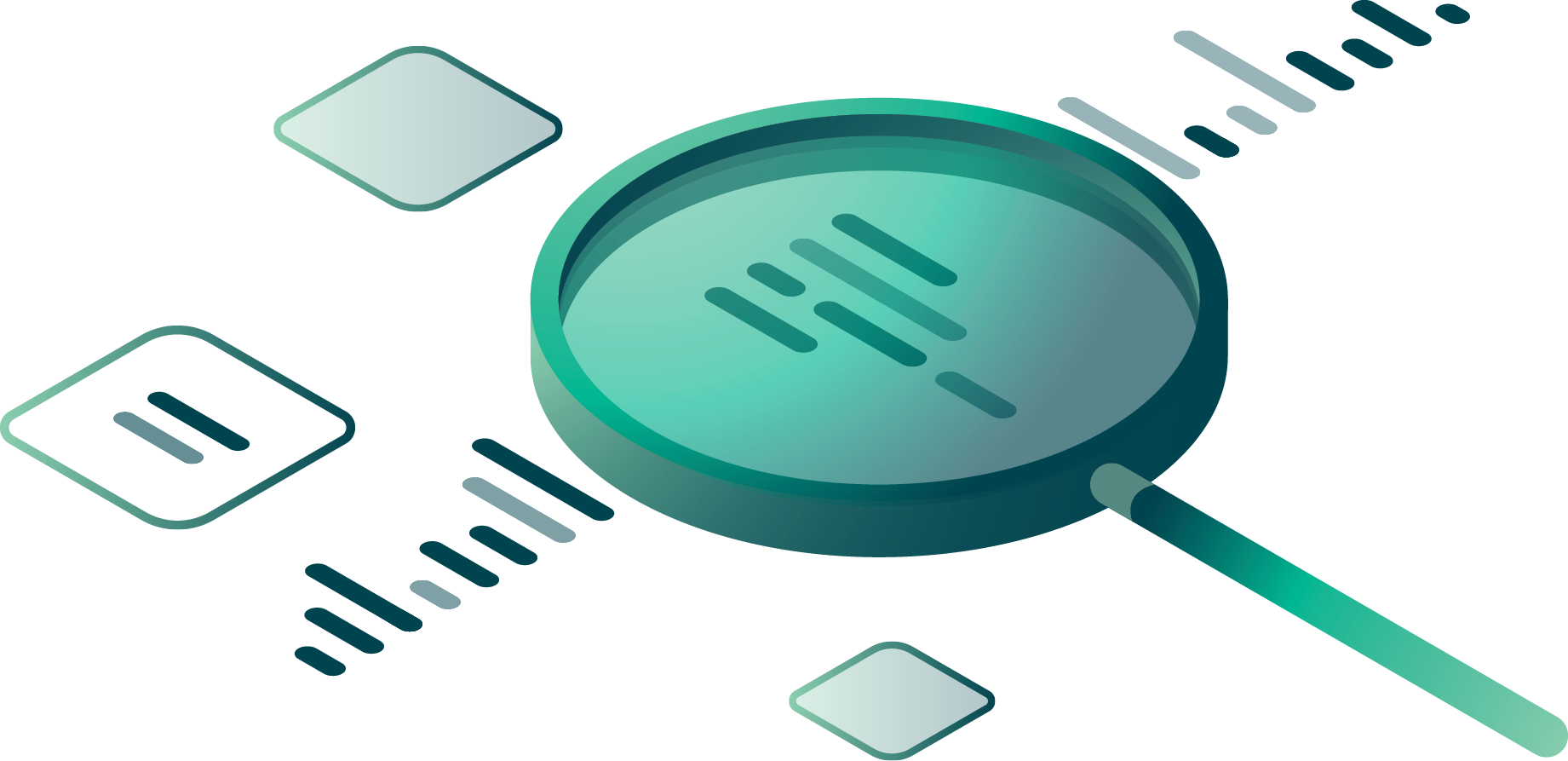The Challenge
A major water utility in Mississippi had successfully made the case to its customers that a 15% increase in water rates and fees was necessary. The investments made possible by higher rates would keep its water system functioning at a high service level and enable major system investments such as installing an Automated Metering Infrastructure (AMI).
More than a year after the increase, and after an exceptionally difficult AMI implementation, the utility was only seeing a 1-3% revenue increase and collection rates were falling, too. It was clear the utility was facing a different kind of leak: a billing system that was not fully capturing revenues.
The question was, what could be done to identify and resolve the root causes of this revenue shortfall? Who was being affected, how and why was it occurring and how much revenue is potentially at stake? Raftelis was engaged to perform a comprehensive revenue audit to find answers and recommend changes to resolve the issues and get revenues back on-track.

The Solution
- Raftelis examined billing data, meter readings, and incoming payments. Sifting through volumes of digital data dating back many years, Raftelis identified process disconnects, data quality concerns, incorrect application of rates and/or billing policy, fraudulent activity, and other drivers.
- Along the way, we sought eligible revenue sources wherever they were hiding and identified accounts not being billed when they should have been or were being charged incorrect amounts.
- Our work also included supporting financial planning with live billing data to determine the extent of incorrect billing to a group of customers outside City limits.
- Finally, we supported the City’s efforts to convert to AMI and migrate to a new billing system, making sure issues between AMI and the old system were not transferring in the new system.
The Results
Raftelis found hundreds of issues with data, billing, and collections that were resulting in many millions of dollars’ worth of revenue that the utility was leaving on the table. Beyond identifying the core issues, Raftelis made recommendations that would fix the problem at the root. Our most meaningful findings included:
- $15.6 million dollars in outstanding balances were identified; accounts that qualified for greater attention from collections.
- $2.6 million dollars was found to be owed to the utility from meters at government buildings and other facilities that were coded “exempt” from shutoffs.
- Misapplication of a sewer charge that resulted in customers being billed only half of the minimum monthly charge as allowed by policy. Resolving this issue enabled the utility to bill customers another million dollars each year.
- Identifying more than 1,300 accounts that were receiving service but not receiving bills due to a field showing “No Present Occupant.” Resolving these would enable the utility to collect revenue on approximately 1.5 million cubic feet of consumption each month. Similarly, resolving other issues related to non-billed accounts that were receiving service would recover more than $53,000/year.
- A large number of hung accounts – defined as those that are listed as active, but have multiple instances of consumption greater than zero, and no charge for water and sewer. Resolving these issues would increase the utility’s annual revenues by $45,000.
It turns out that leaking infrastructure at utilities can be found in places other than pipes in the ground. How much would you gain by fixing leaks in your revenue system?
To learn more, view our insight on offsetting revenue loss or explore how Raftelis can help you with a revenue audit.
